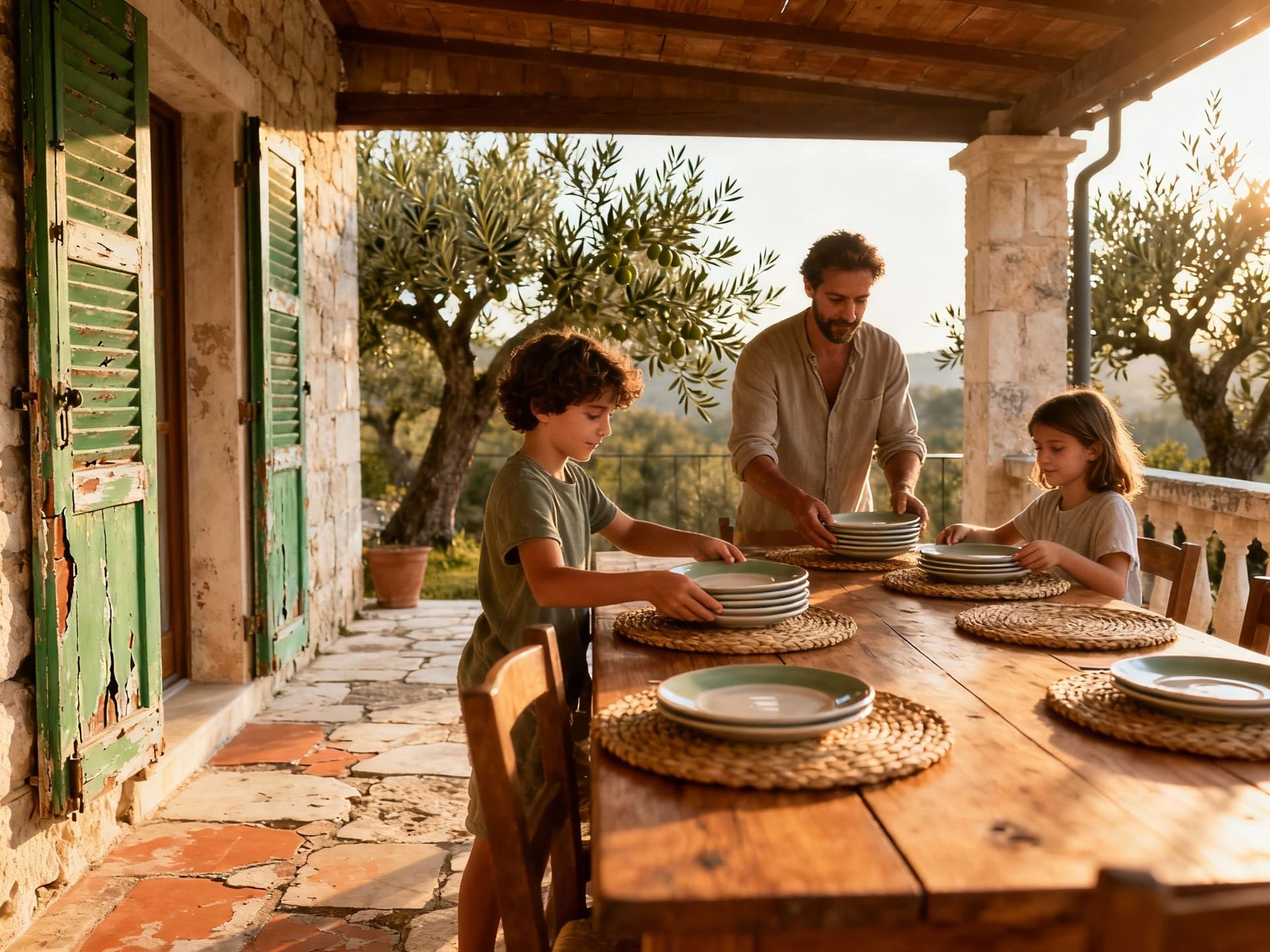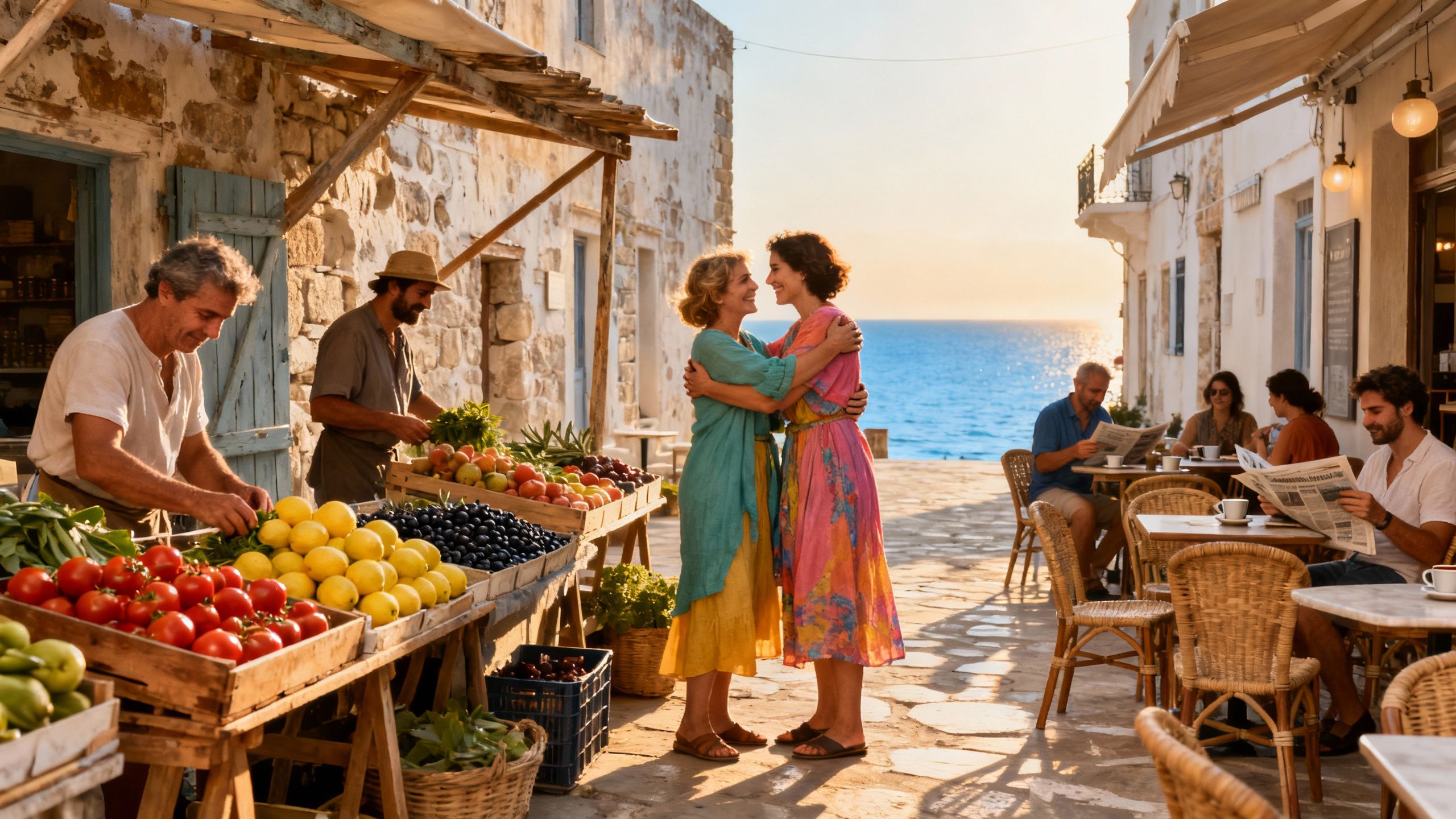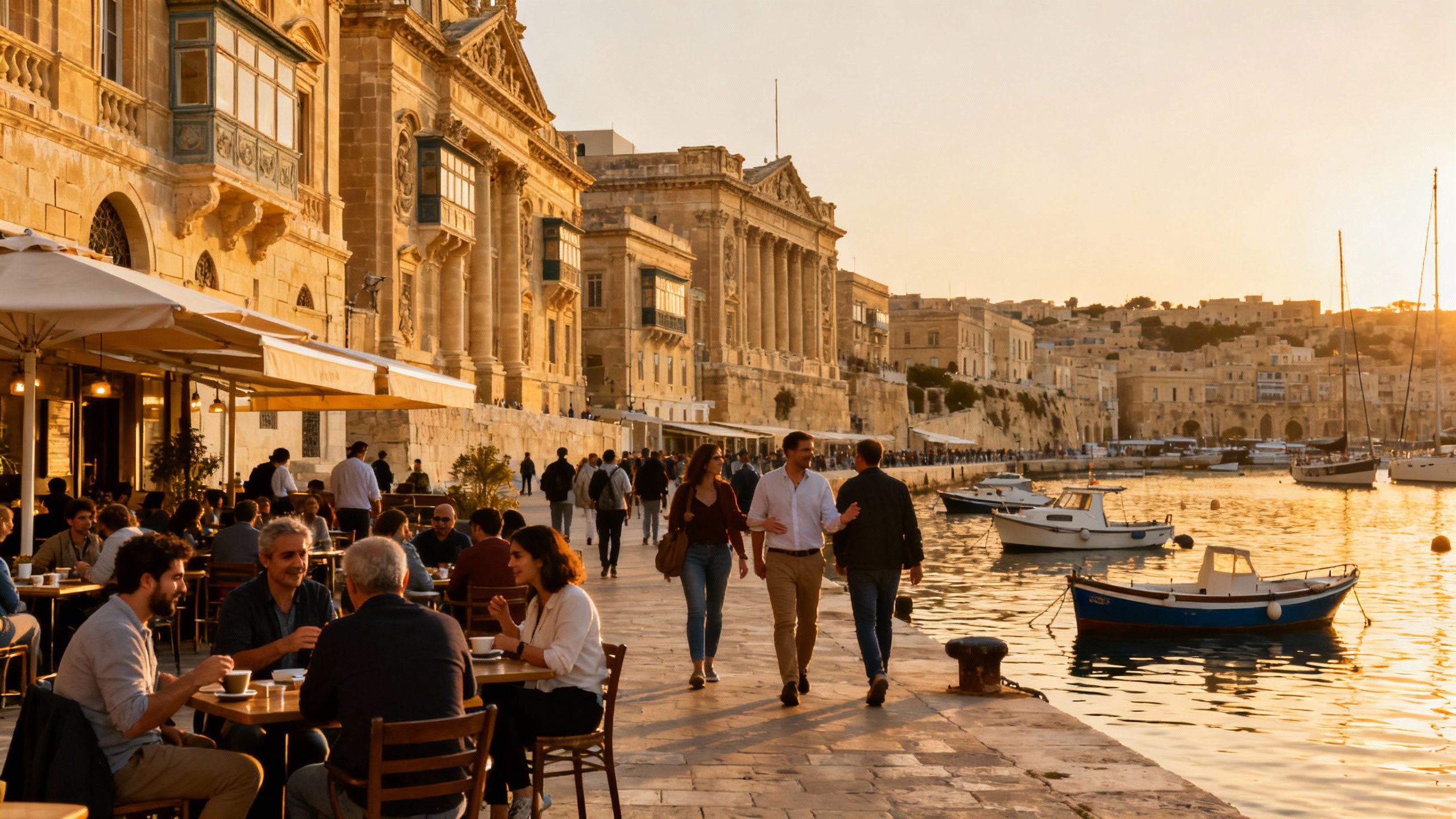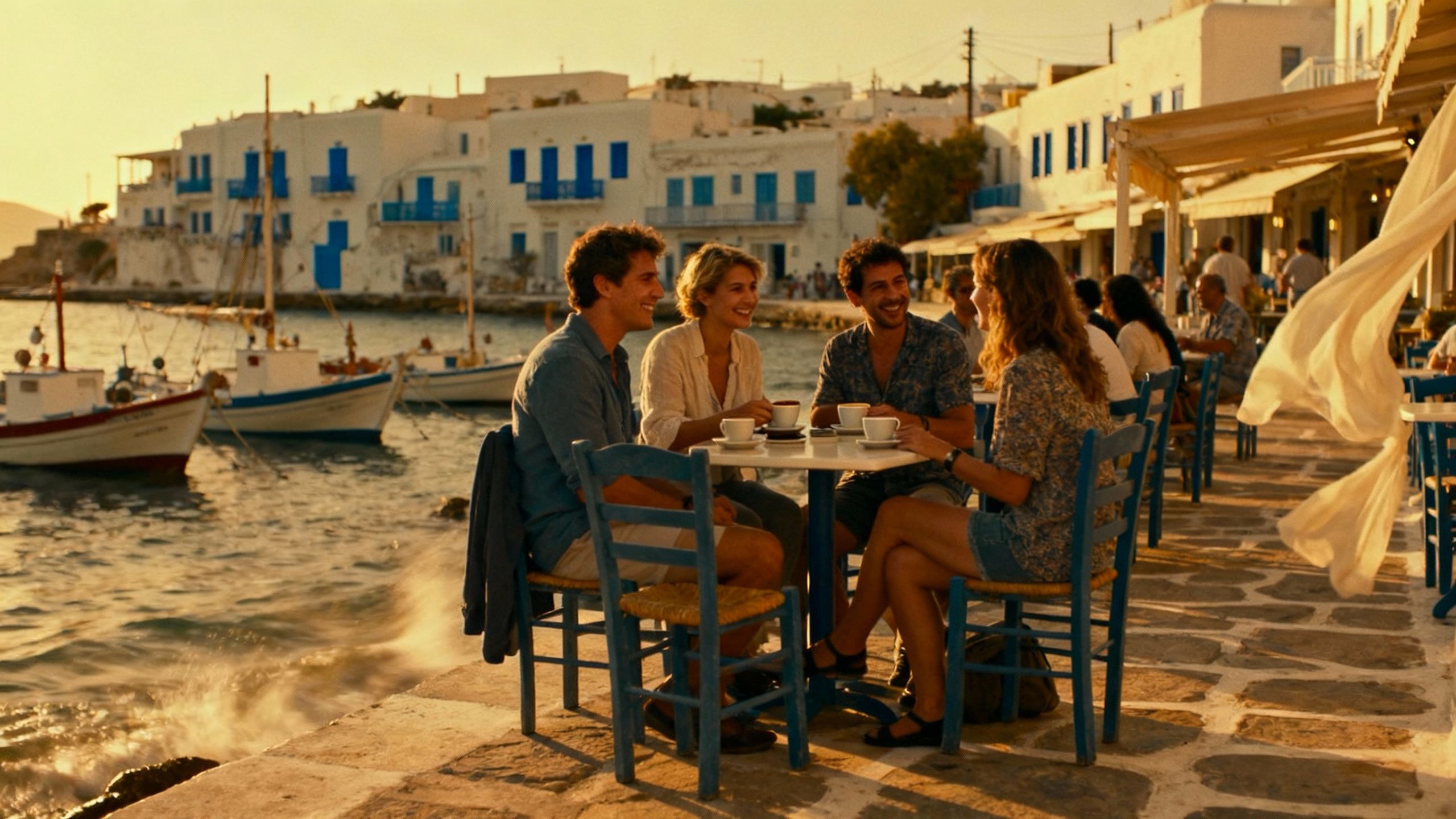Adriatic Risk Playbook: Insurance & Buyer Shields in Croatia
How to protect the Adriatic life: practical insurance and buyer‑protection strategies tailored to Croatia’s coastal seasonality and heritage properties.
Imagine an early morning in Rovinj: a baker slides warm brioche into a display, fishermen sort their catch beneath pastel façades, and a neighbour waves as you pass a shuttered stone house that smells faintly of rosemary. For many international buyers the Adriatic is a sensory promise — sunlit terraces, small markets, and a slow public life. But the sensory life must be protected; insurance and buyer‑protection strategies are the quiet scaffolding that let that morning repeat, year after year.
Living the Croatian life

Croatia moves between the intimate and the grand: small piazzas in Split and Dubrovnik’s medieval stairways sit alongside long pebble beaches and pine‑lined coves. Tourism remains a dominant rhythm — recent reporting notes record arrivals in 2025 — which means coastal towns pulse in summer and quiet in winter. That seasonality shapes how you live and what you insure: a house used eight weeks a year has different vulnerabilities than one lived in year‑round.
Istria: country roads, truffle markets and calm coves
Drive the back lanes of Rovinj and Poreč and you find stone farmhouses, family‑run konobas and markets where sellers know your name. Properties here are often stone‑built with thick walls and small courtyards — architecture that prefers craftsmanship over flash. For buyers this means looking for masonry quality and correct waterproofing rather than open‑plan modernity; the insurance questions follow: are old stone walls tied into modern drainage? Does the roof have current documentation?
Dalmatia’s islands and the rhythm of short‑term income
Hvar, Brač and the Makarska Riviera are places of bright terraces and strong seasonal rental markets. Increased tourist demand can make such properties attractive investments, yet it introduces exposure: wear from frequent turnovers, water and pool liabilities, and sometimes unregulated add‑ons. When a property earns in summer and sleeps in winter, policies should combine landlord liability with contents and wind‑storm or flood cover that recognises intermittent occupation.
- Lifestyle highlights to protect and preserve
- Morning espresso in Split’s Pjaca; check that ground‑floor cafés won’t bring damp across a party wall.
- Sunday markets in Zadar — valuable ceramics and textiles need contents cover and inventory lists.
- Island terraces used for rental — schedule regular maintenance inspections and insured caretaking.
Making the move: practical considerations

The romance of coastal living meets a pragmatic marketplace. Foreign buyer activity has shifted in recent years, altering bargaining power and availability. Whether you buy to live, invest, or both, insurance and contractual shields should be built into the project from the outset. A good policy is not a cost but an operational plan: who maintains the pool, who insures seasonal damage, and how is tenant liability defined?
Property types and how insurance responds
A 19th‑century stone house, a modern marina apartment or a new build near Split will each require different cover. Older masonry often needs latent defect cover and survey warranties; new builds regularly come with developer guarantees and construction insurance (PDV implications apply to VAT‑registered sales). For historic properties, insist on an up‑to‑date structural survey and ensure insurers accept the materials and restoration methods used.
Working with local experts who protect the lifestyle
An agent who knows which street floods in autumn, a notary who reads title encumbrances in Croatian land‑register shorthand, and an insurance broker who places coastal risk with local underwriters are indispensable. They translate lived experience into contractual language: bespoke clauses, caretaker obligations, and defined response times for damage repairs. Treat these advisers as custodians of the life you are buying, not merely transaction facilitators.
- Practical steps that blend lifestyle and protection
- Commission an independent structural survey before exchanging contracts; include findings as conditions of completion.
- Obtain a combined policy: buildings, contents, liability and loss of rental income for seasonal properties.
Insider knowledge: what expats wish they'd known
Expats often tell the same three stories: a surprise tax or municipal charge, a wet winter that finds a weak gutter, and the relief of a local neighbour who called when the heating failed. These anecdotes point to a rule: small, local risks compound. Your protective strategy should therefore be granular—local flood maps, roof maintenance schedules, and a named local emergency contact written into estate management protocols.
Language, community and the practicalities of living here
Croatian is lyrical but local administration often runs in Croatian; simple tasks — registering a meter, understanding a notice from the municipality, filing a small claim — go more smoothly when you have bilingual representation. Neighbours, the parish office or a local property manager will often be your first responders; include them in a written care plan and ensure their duties are clearly insured against liability.
Long‑term stewardship and intergenerational thinking
Recent policy changes shifting tax burdens to property highlight a broader point: ownership here is stewardship. Think beyond a five‑year ROI. Insure for preservation—specialist cover for listed features, heritage restoration warranties, and an estate schedule that anticipates inheritance and local tax shifts. Such provisions protect value and simplify succession for heirs who may live elsewhere.
Conclusion: fall in love, then fortify the life you choose. Begin with a sensory visit — a walk down Ulica Sv. Dominika in Hvar or coffee on Peristil in Split — and then assemble a concise protection plan: survey, tailored insurance, local caretaker agreement and bilingual legal review. These steps preserve the daily pleasures — market mornings, quiet terraces, neighbourly coffee — and convert them into an ownership that endures.
Relocating from London to Mallorca in 2014, I guide UK buyers through cross-border investment and tax considerations. I specialise in provenance, design integrity, and long-term value.


